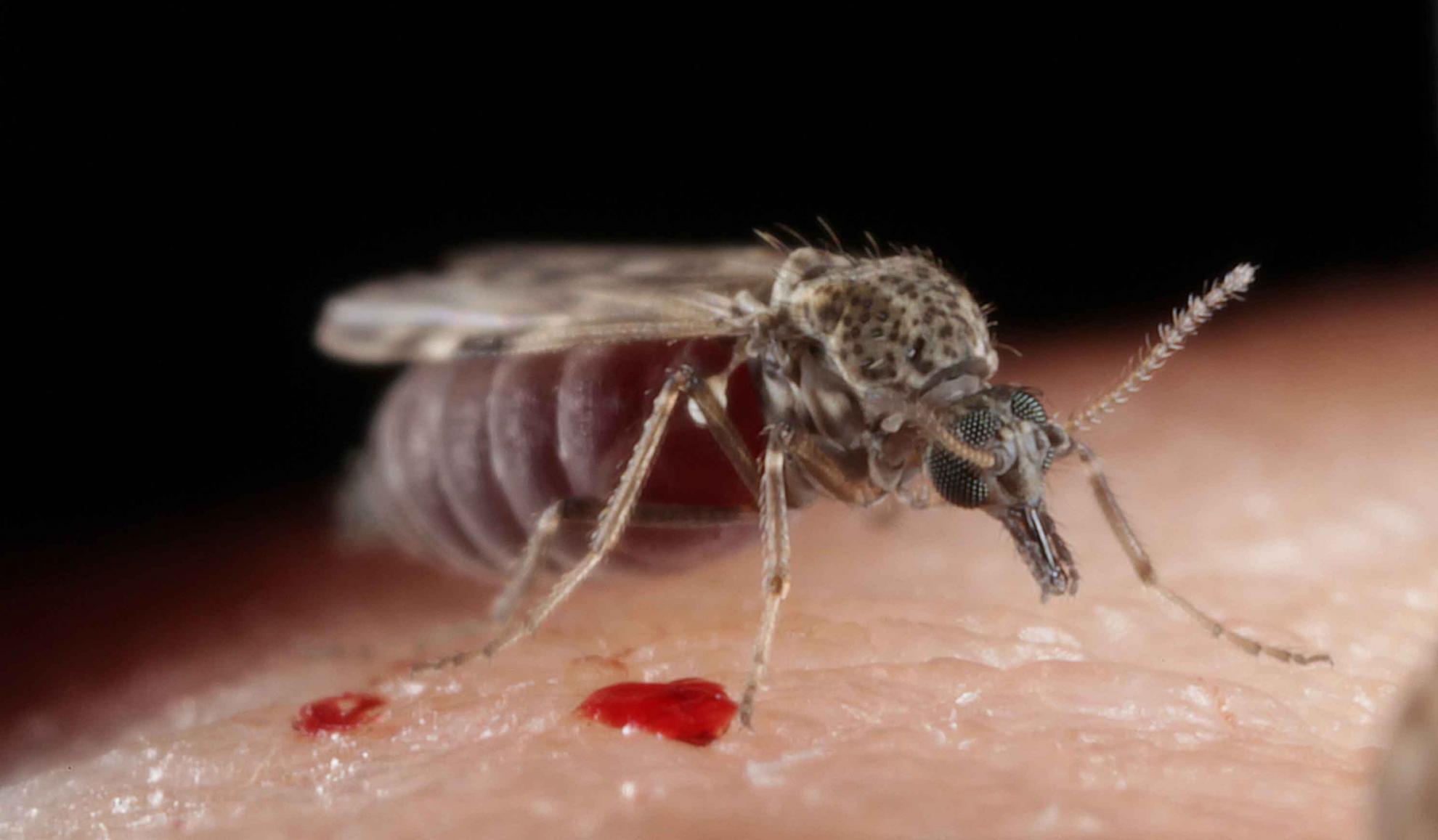Drosophila melanogaster as a model organism for bluetongue virus replication and tropism
Bluetongue virus (BTV) is the etiological agent of bluetongue (BT), a hemorrhagic disease of ruminants that can cause high levels of morbidity and mortality. BTV is an arbovirus transmitted between its ruminant hosts by Culicoides biting midges (Diptera: Ceratopogonidae). Recently, Europe has experienced some of the largest BT outbreaks ever recorded, including areas with no known history of the disease, leading to unprecedented economic and animal welfare issues. The current lack of genomic resources and genetic tools for Culicoides restricts any detailed study of the mechanisms involved in the virus-insect interactions. In contrast, the genome of the fruit fly (Drosophila melanogaster) has been successfully sequenced, and it is used extensively as a model of molecular pathways due to the existence of powerful genetic technology. In this study, D. melanogaster is investigated as a model for the replication and tropism of BTV. Using reverse genetics, a modified BTV-1 that expresses the fluorescent mCherry protein fused to the viral nonstructural protein NS3 (BTV-1/NS3mCherry) was generated. We demonstrate that BTV-1/NS3mCherry is not only replication competent as it retains many characteristics of the wild-type virus but also replicates efficiently in D. melanogaster after removal of the bacterial endosymbiont Wolbachia pipientis by antibiotic treatment. Furthermore, confocal microscopy shows that the tissue tropism of BTV-1/NS3mCherry in D. melanogaster resembles that described previously for BTV in Culicoides. Overall, the data presented in this study demonstrate the feasibility of using D. melanogaster as a genetic model to investigate BTV-insect interactions that cannot be otherwise addressed in vector species.
Back to publications

